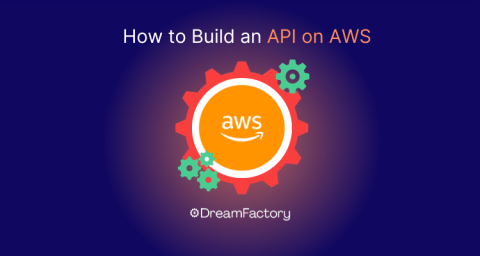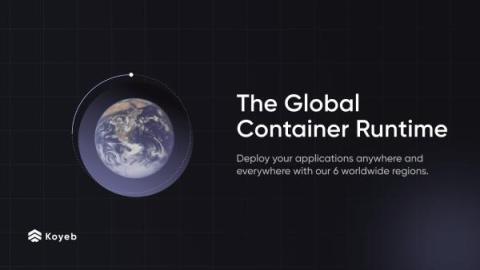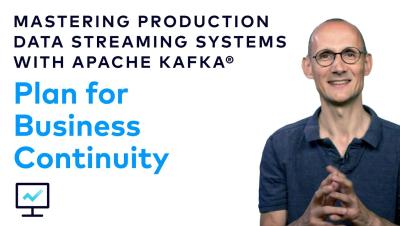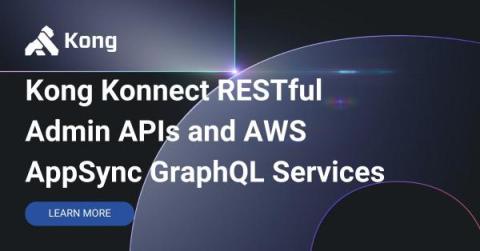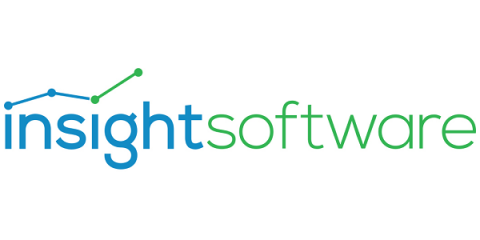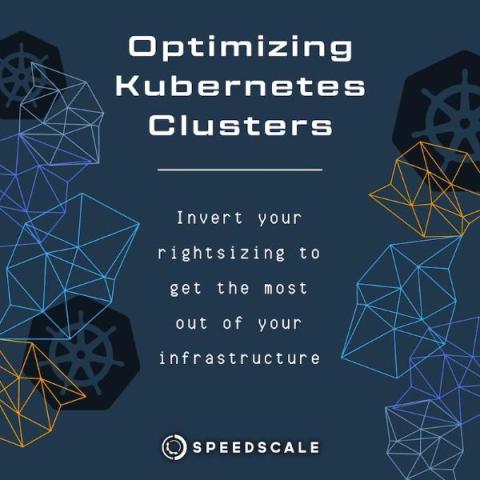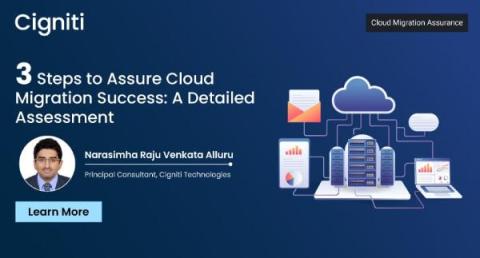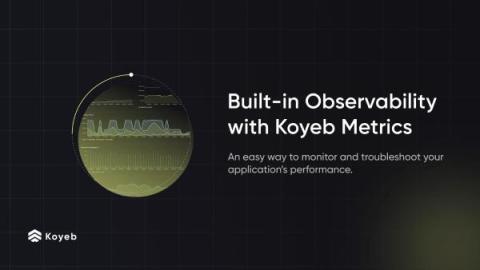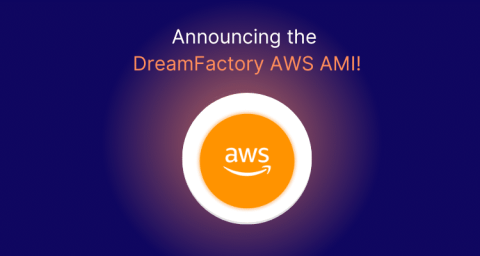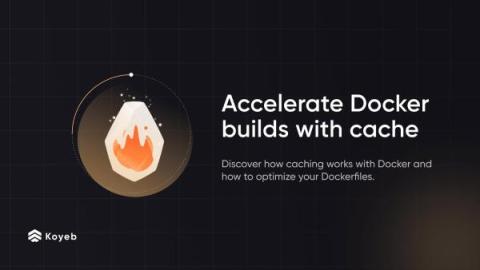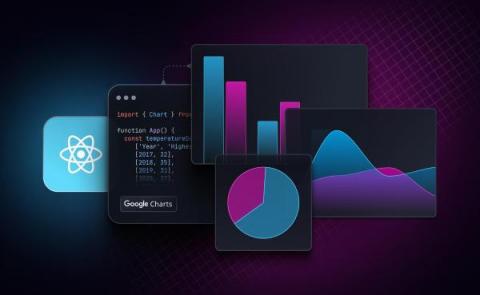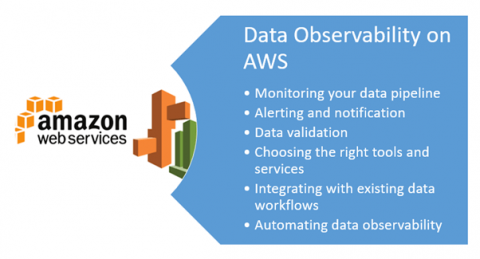Systems | Development | Analytics | API | Testing
September 2023
The Global Container Runtime: Six Regions to Deploy Apps Anywhere and Everywhere
We're excited to announce not one but… 4 new regions in public preview! Everyone with Starter access or more can now deploy simultaneously across our 6 regions in EU, US, and APAC in literally 1 minute.
Robust Disaster Recovery with Kafka and Confluent Cloud | Data Streaming Systems
Kong Konnect RESTful Admin APIs and AWS AppSync GraphQL Services - Part I: Query
Do the Benefits of Cloud Outweigh the Costs?
Top 5 Best Practices for Building Event-Driven Architectures Using Confluent and AWS Lambda
Confluent and AWS Lambda can be used for building real-time, scalable, fault-tolerant event-driven architectures, ensuring that your application logic is executed reliably in response to specific business events. Confluent provides a streaming SaaS solution based on Apache Kafka® and built on Kora: The Cloud Native Apache Kafka Engine, allowing you to focus on building event-driven applications without operating the underlying infrastructure.
AWS, Qlik, and SAP Data: Turning the Lifeblood of Business into Value and Action
One of my favorite analogies is that data is the lifeblood of the business. Before you roll your eyes at me (I see it now), hear me out. At your annual physical, when you get your blood work done, think of how much information is uncovered about your overall health from a tiny vial of your blood. From those 10 CCs they extract comes back pages of information regarding your cell counts, glucose, cholesterol, and other information.
Technology Spotlight: Open Data Lakehouse for Private Cloud
Kong announces new AWS Workshops and AddOns for EKS Blueprints for Terraform
Invert your Rightsizing: Optimizing Kubernetes Clusters
Telecommunications Data Monetization Strategies in 5G and beyond with Cloudera and AWS
The world is awash with data, no more so than in the telecommunications (telco) industry. With some Cloudera customers ingesting multiple petabytes of data every single day— that’s multiple thousands of terabytes!—there is the potential to understand, in great detail, how people, businesses, cities and ecosystems function.
Revolutionize Your Data Experience With Cloudera on Private Cloud
In the age of the AI revolution, where chatbots, generative AI, and large language models (LLMs) are taking the business world by storm, enterprises are fast realizing the need for strong data control and privacy to protect their confidential and commercially sensitive data, while still providing access to this data for context-specific AI insights.
3 Steps to Assure Cloud Migration Success: A Detailed Assessment
Gartner predicts that by 2026, 75% of organizations will adopt a digital transformation model predicated on the cloud as the fundamental underlying platform. Every organization has a cloud strategy and vision with annual goals, yet the business risky cloud migrations have aged in backlogs or implemented with straying budgets & timelines. ‘Assurance’ is the most critical factor in business readiness, scoping, budgeting, and concluding the cloud migration.
FinOps Camp Episode 3: Considerations for Mapping your FinOps Adventure
Koyeb Metrics: Built-in Observability to Monitor Your Apps Performances
At Koyeb, we're working to build the most seamless way to deploy apps to production without worrying about infrastructure. But there's still plenty to keep you busy at the application layer with performance tuning and troubleshooting. That's why we're introducing Metrics — an easy way to monitor and troubleshoot application performance. Deploying on Koyeb makes thinking about infrastructure or orchestration unnecessary.
Introducing the DreamFactory AWS AMI Launch!
Where Are IIS Log Files Located? How to View IIS Logs on Windows & Azure
Discover where IIS log files are located on both Windows servers and Azure. This guide offers a step-by-step tutorial on how to locate and view your IIS logs, ensuring efficient troubleshooting and security audits. For a standard Windows Server, the default log location is: %SystemDrive%\inetpub\logs\LogFiles If your IIS logs are not stored in the default location, follow these directions below to look up where they are currently being stored.
Accelerate Docker builds with cache
Speed and efficiency are paramount during the build process. If you use a Dockerfile to build your container images from source code, you want to know about build cache. In this blog post, we’ll talk about what happens when you create a Docker image using a Dockerfile, how caching works with Docker, and how to optimize your Dockerfiles to maximize the benefits of build cache with Docker and on Koyeb.
How to use Google Charts with React for Dynamic Data
According to research from Matillon and IDG, data volumes increase by 63 percent per month on average in an organization. Examining such substantial volumes of data without the right tools makes it impossible to make informed decisions, even in small businesses. The key to deriving useful and profit-driving insights from data is data visualization - which turns complex raw figures into meaningful visual representations of the data. Google Charts is a free data visualization library provided by Google.
Choosing the Right ETL Tool for Google BigQuery Storage
Dockerfile Deployment on High-Performance MicroVMs is GA
Today, we are excited to announce the support of Dockerfile based deployments in general availability. You can now deploy any GitHub repository that contains a Dockerfile across all our locations worldwide. It can be used to deploy APIs, full-stack applications as well as workers with no extra cost. Building and deploying using Dockerfiles offers more flexibility: you can deploy any kind of application, framework, and runtime, including with custom system dependencies.


